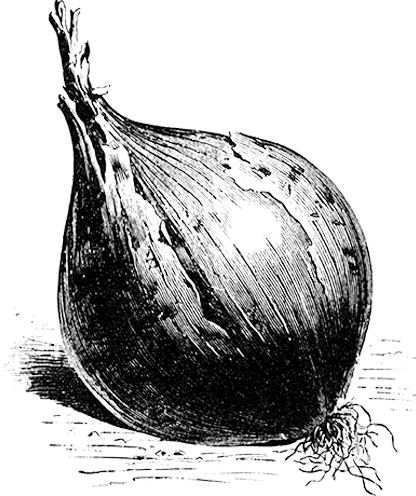Information
Our reliablepurple and white heirloom kohlrabi is back. Now with organically grown seeds.They were introduced as variety in the 1860’s, and have been successfullycultivated to recent days, when modern expensive varieties and hybrids havetaken over the commercial cultivation. Both Wiener White and Wiener Blue areold standard sorts that grow fast and need to be harvested before they createfibres in the skin. Usually they are enjoyed at the size of 5-8 cm in diameter.Sow successively from the earliest of spring to the end of july.
A portion contains about 200 seeds.
| Product number: | 5630 |
|---|---|
| Scientific name: | Brassica oleracea var. gongylodes |
| Botanic family: | The Mustard Family - Brassicaceae |
| Organic: | Yes |
| Days to maturity: | 55 |
| Lifespan: | Biannual |
| F1 Hybrid: | No |
| New variety: | No |
| Sowing time: | Pre-cultivate: March–July/Direct sow: May–June |
| Sowing depth: | 1 cm |
| Germination time: | 4–7 days |
| Plant spacing: | 10–20 cm |
| Row spacing: | 35–50 cm |
| Height: | 25–30 cm |
| Plant location: | Sun–Half shade |
| Harvest/blooming: | May–September |
| Seeds/g: | 200–300 seeds |
| Heirloom variety: | Yes |
Cultivation advice
Sowing
Sow directly and gradually as soon as the soil has warmed up until the beginning of July. Do not allow the soil to dry out.For early harvest: Sow thinly indoors or in a hotbed, about 1cm deep, 4-6 weeks before setting out the plants as planned! The seeds want warmth when germinating, preferably just above 20°C. After sprouting they should be in a light, cool and airy place to avoid lankiness and attacks by root-neck rot but not lower than 14°C for any length of time. Low temperature increases the risk of bolters a lot. Temper the plants gradually before setting them, when the risk of frost is just about over. Most kinds of cabbage can handle a night of light frost. Set out the seedlings a little deeper and tread down the soil preventing the cabbage flies laying their eggs.
Spacing
Have 10-20 cm between the plants and 35-50 cm between the rows.Harvest
Harvest the kohlrabi when it is 5-8cm in diameter not larger! Inedible fibres grow just inside the peel if it is allowed to grow to large. Kohlrabi has a more "refined" taste than the swede, but is kept and used in the same way. Its keeping qualities are however a little worse. The smaller leaves of the kohlrabi are tasty too and can be eaten raw or cooked.Seed
200-300 seeds/g.A portion has about 200 seeds.
